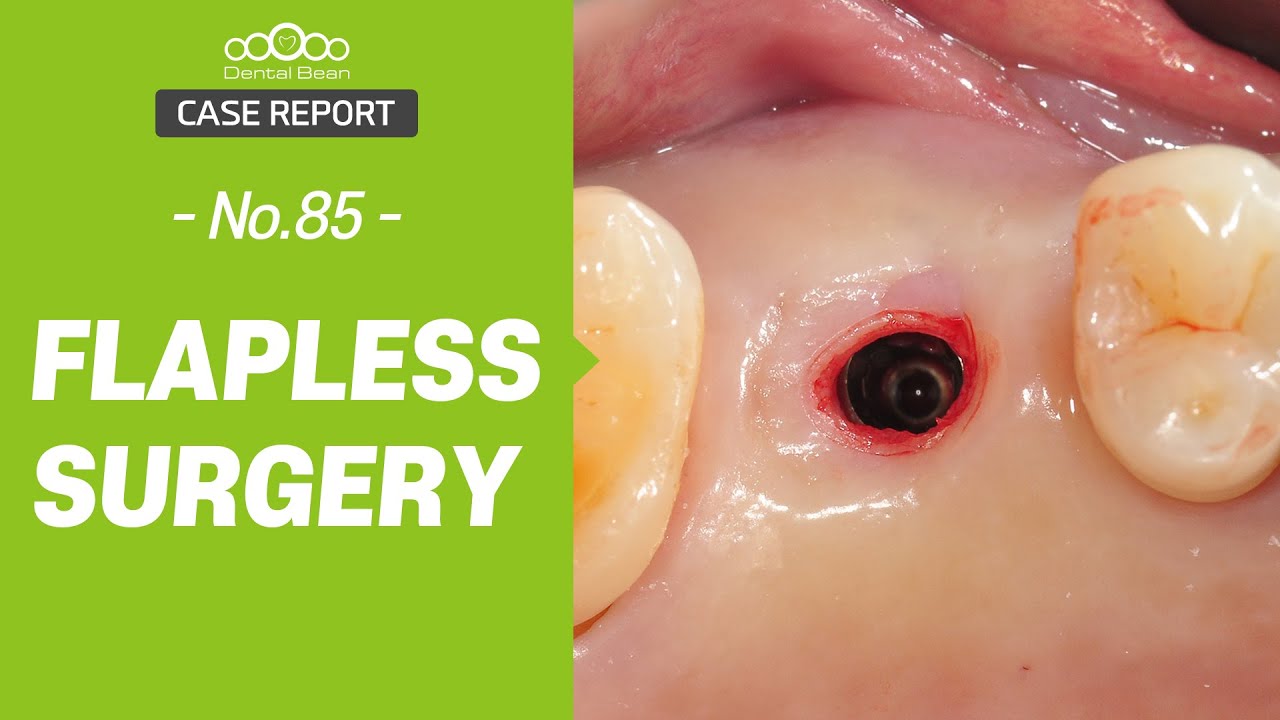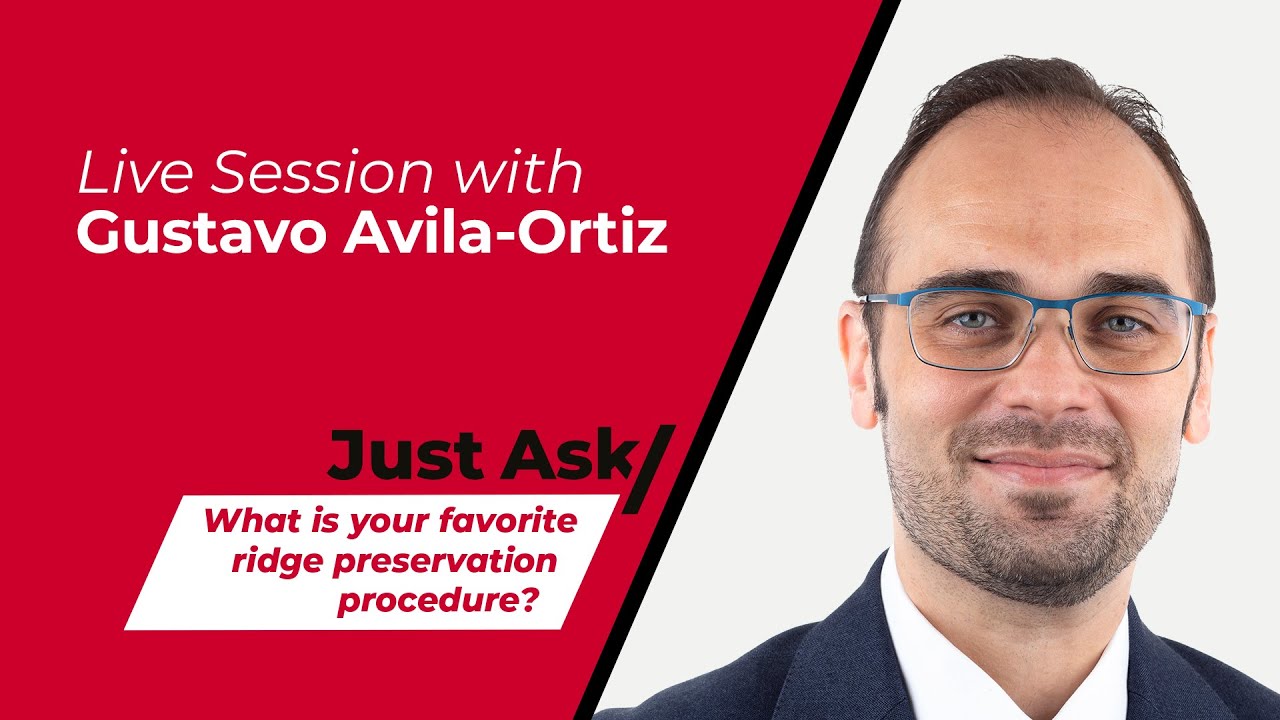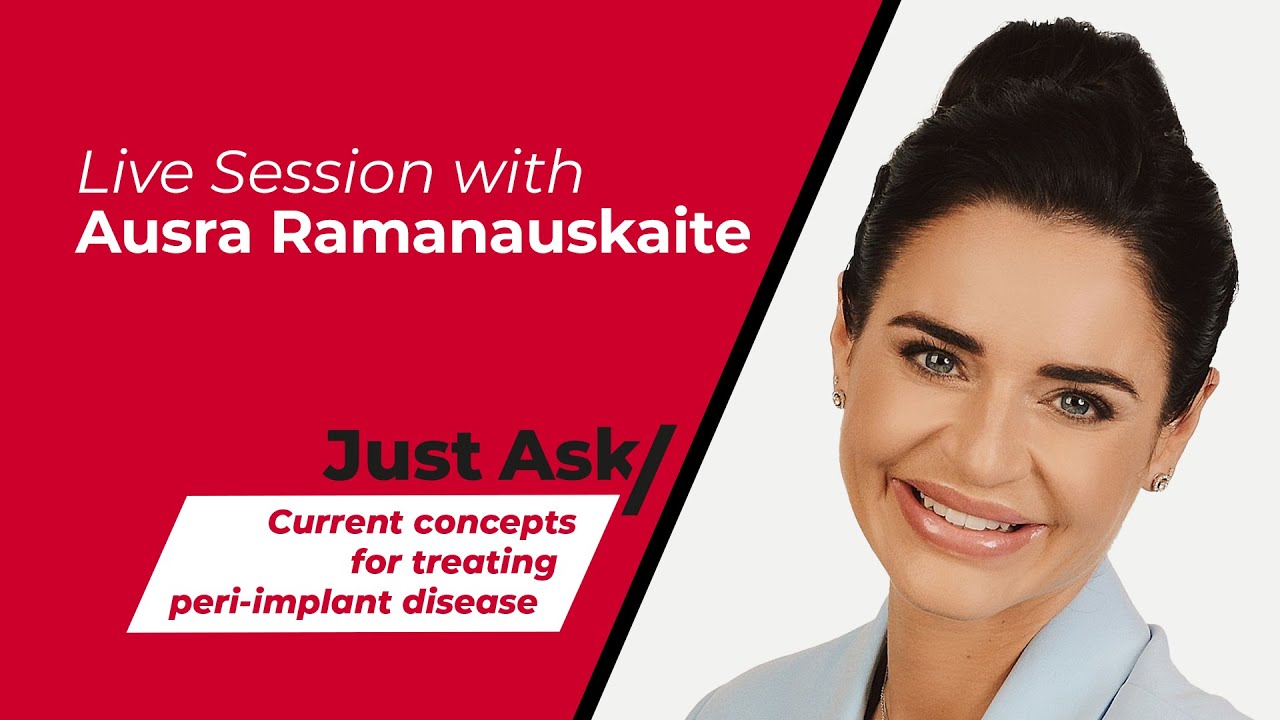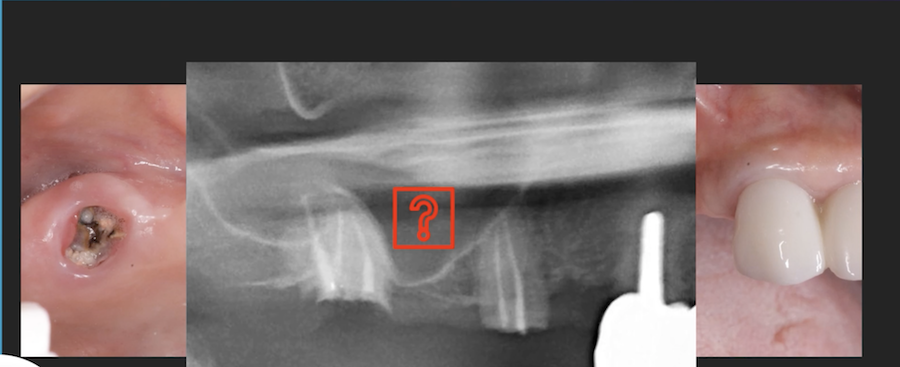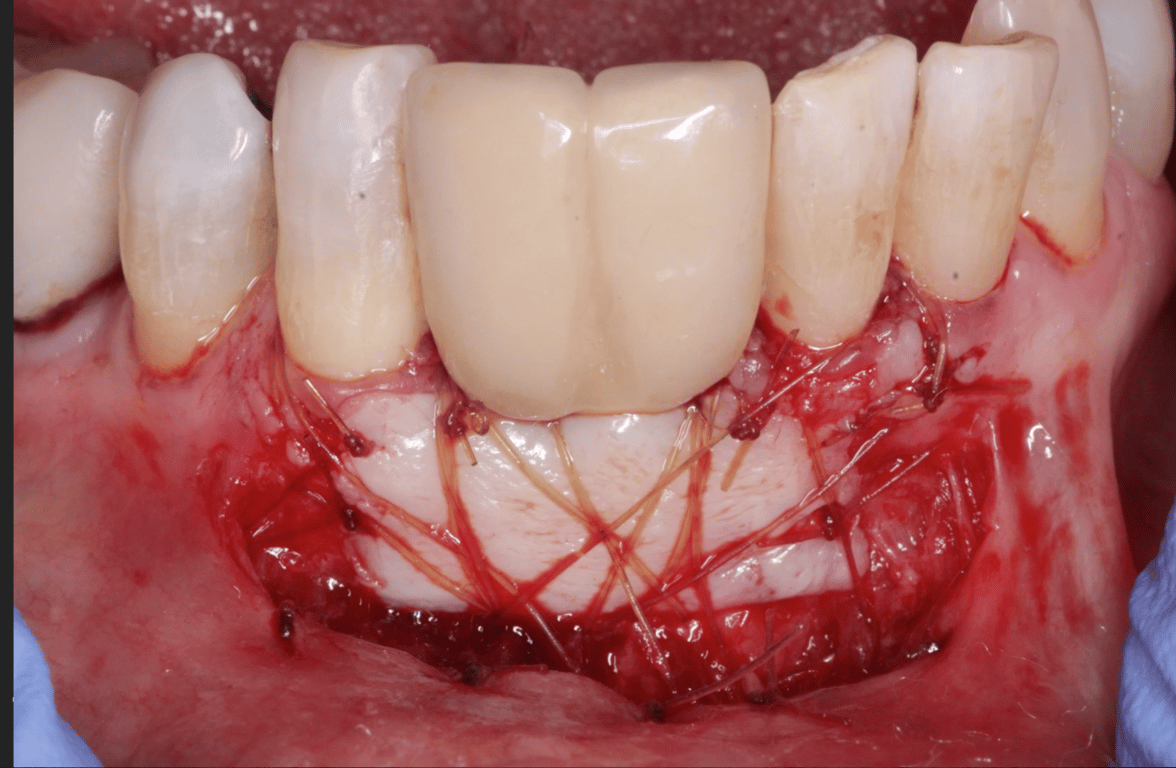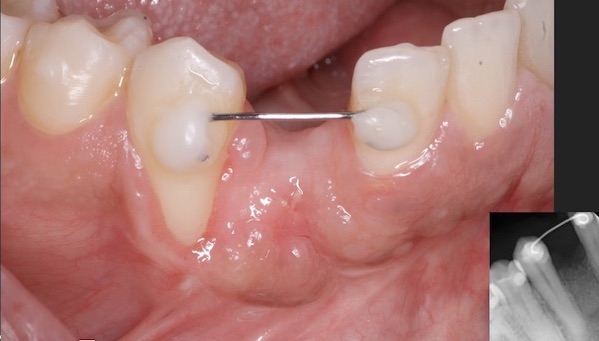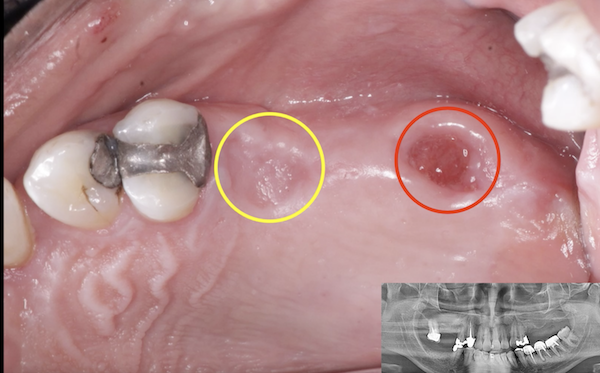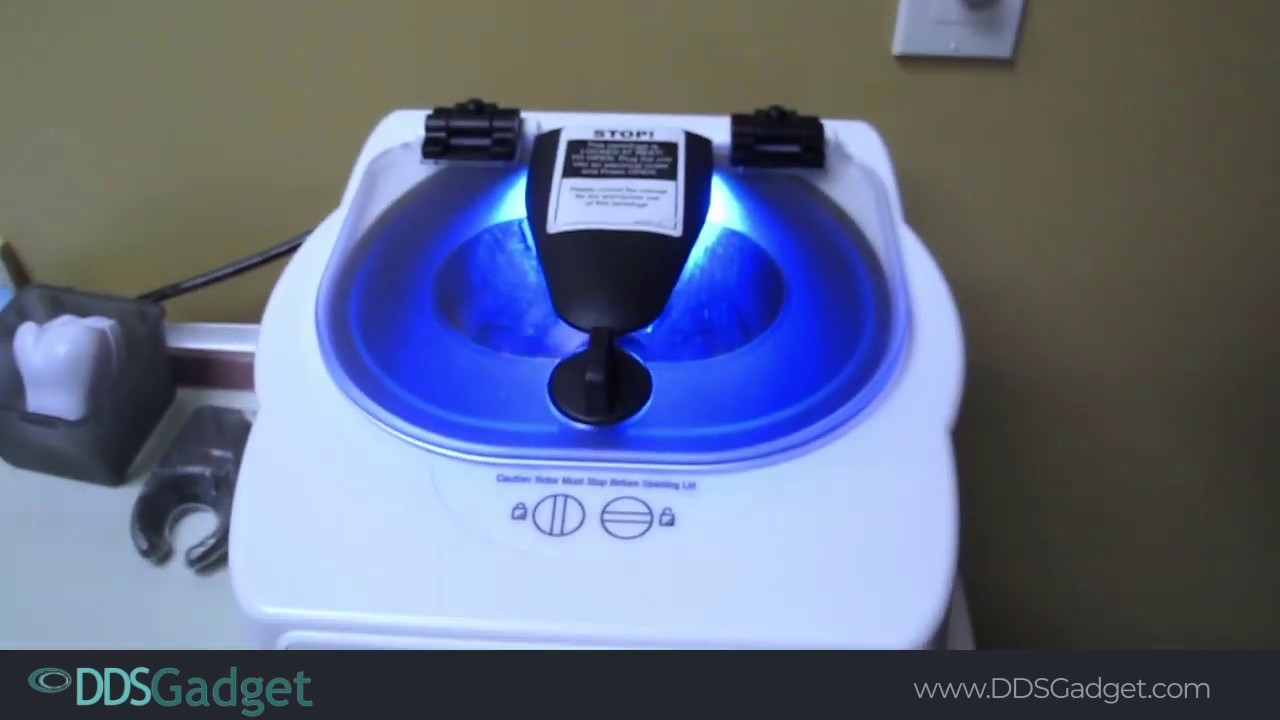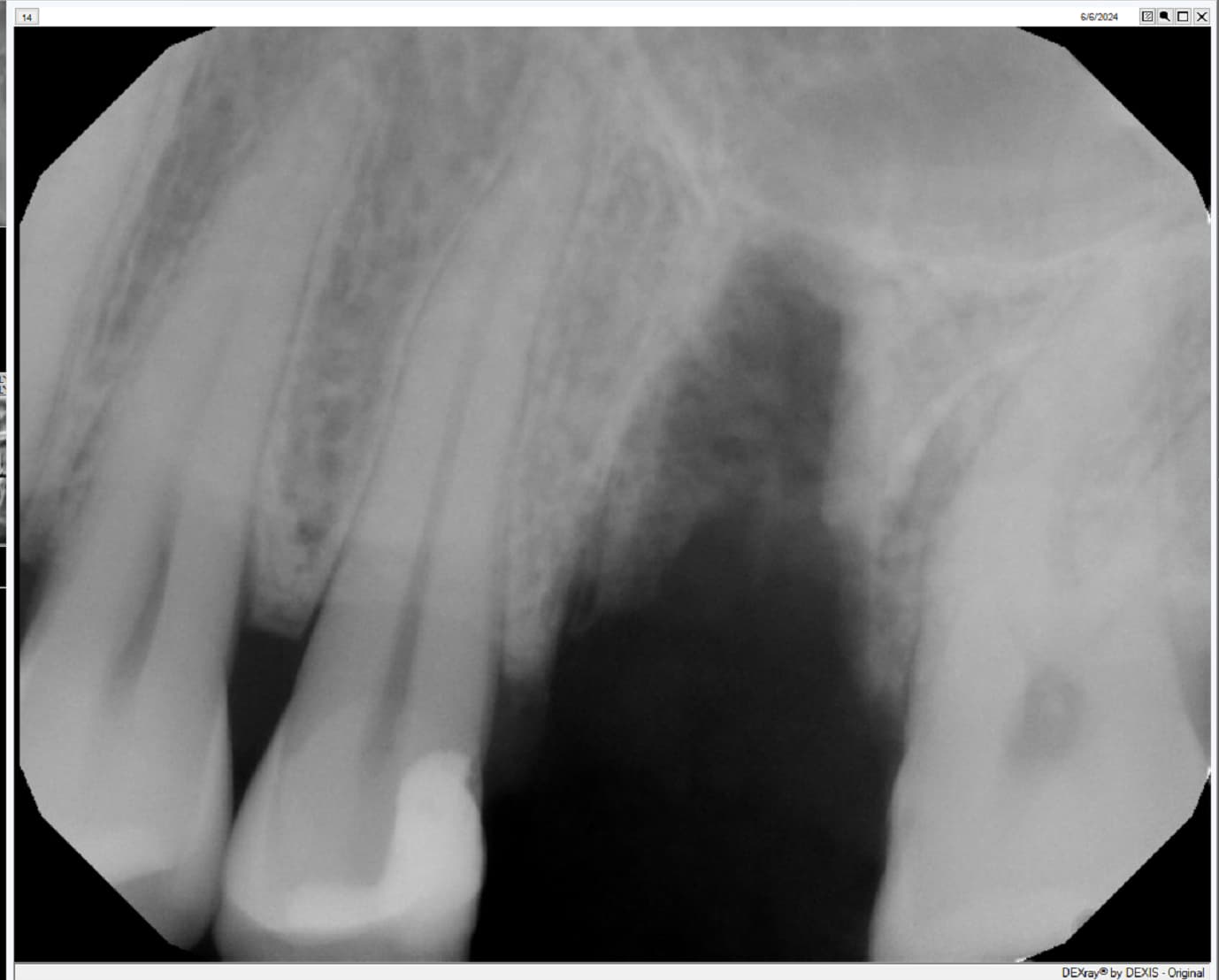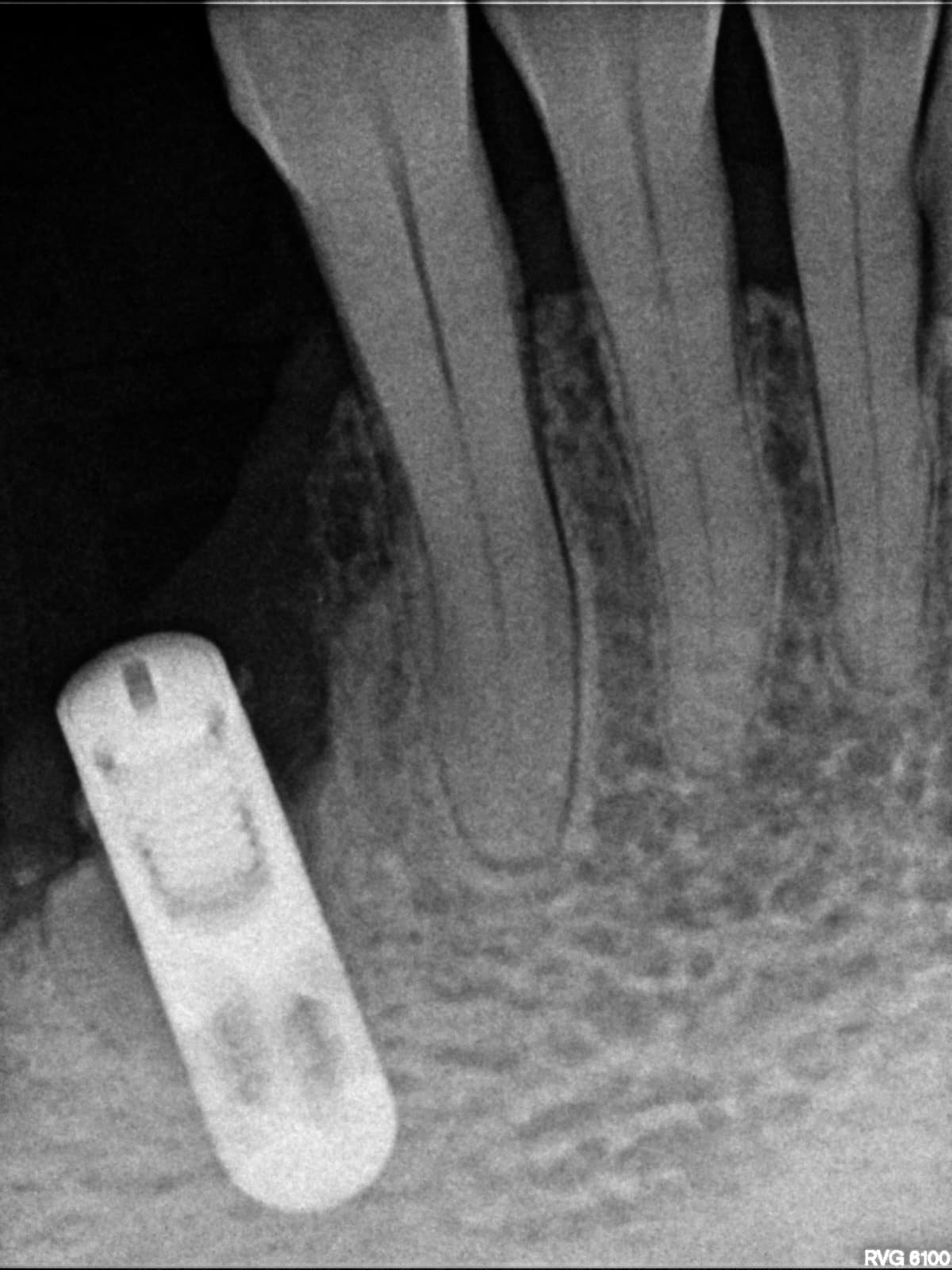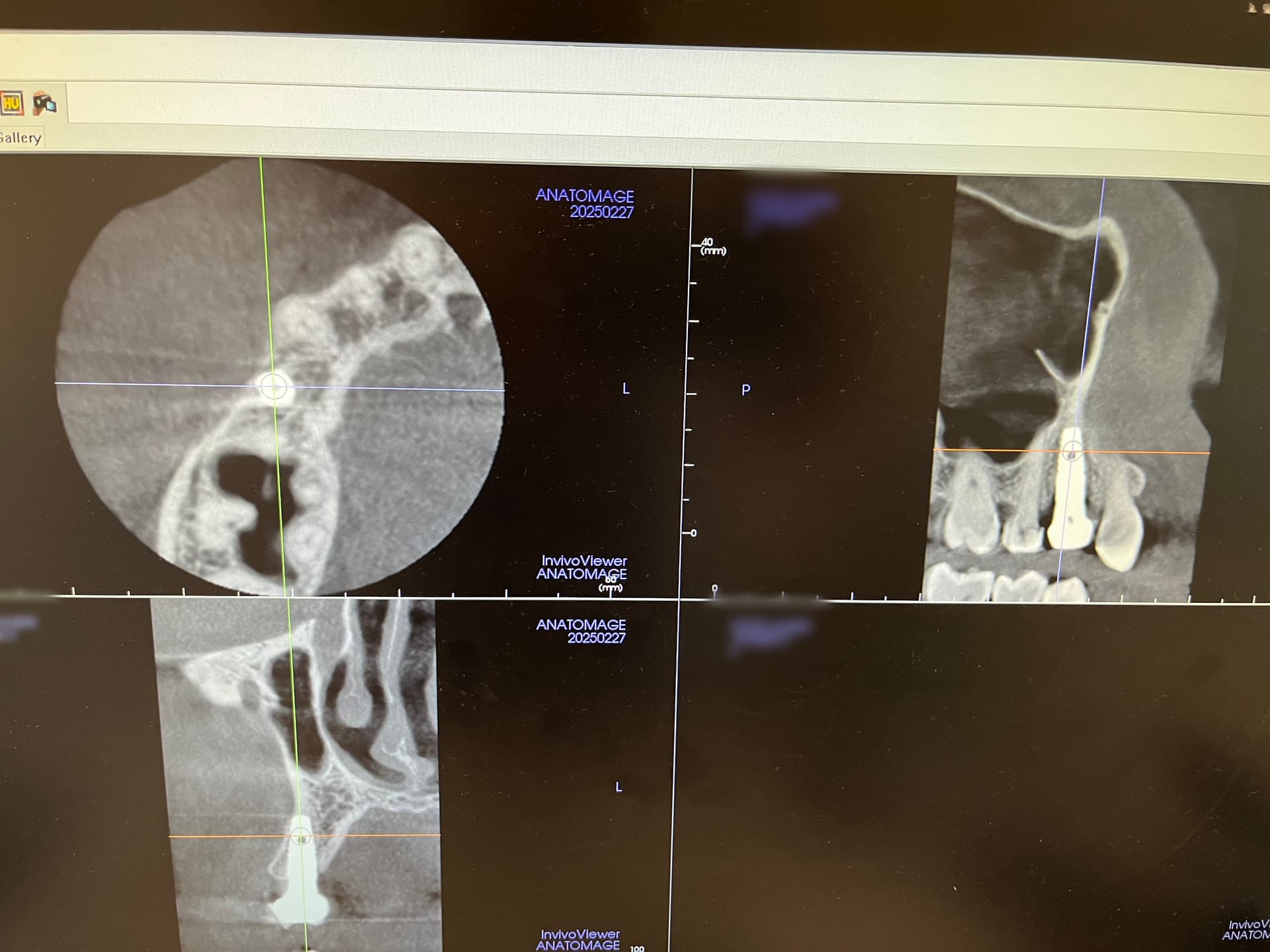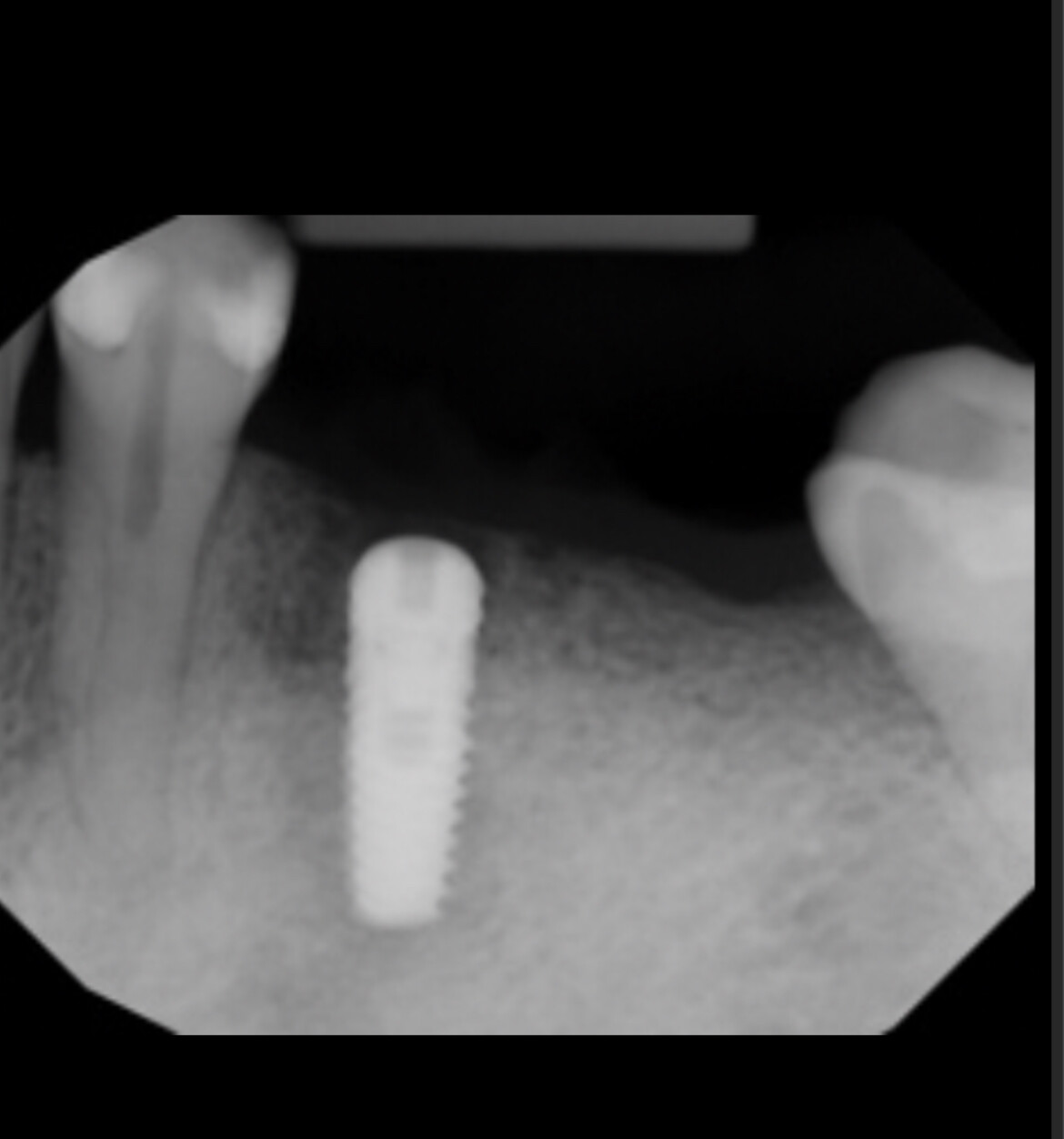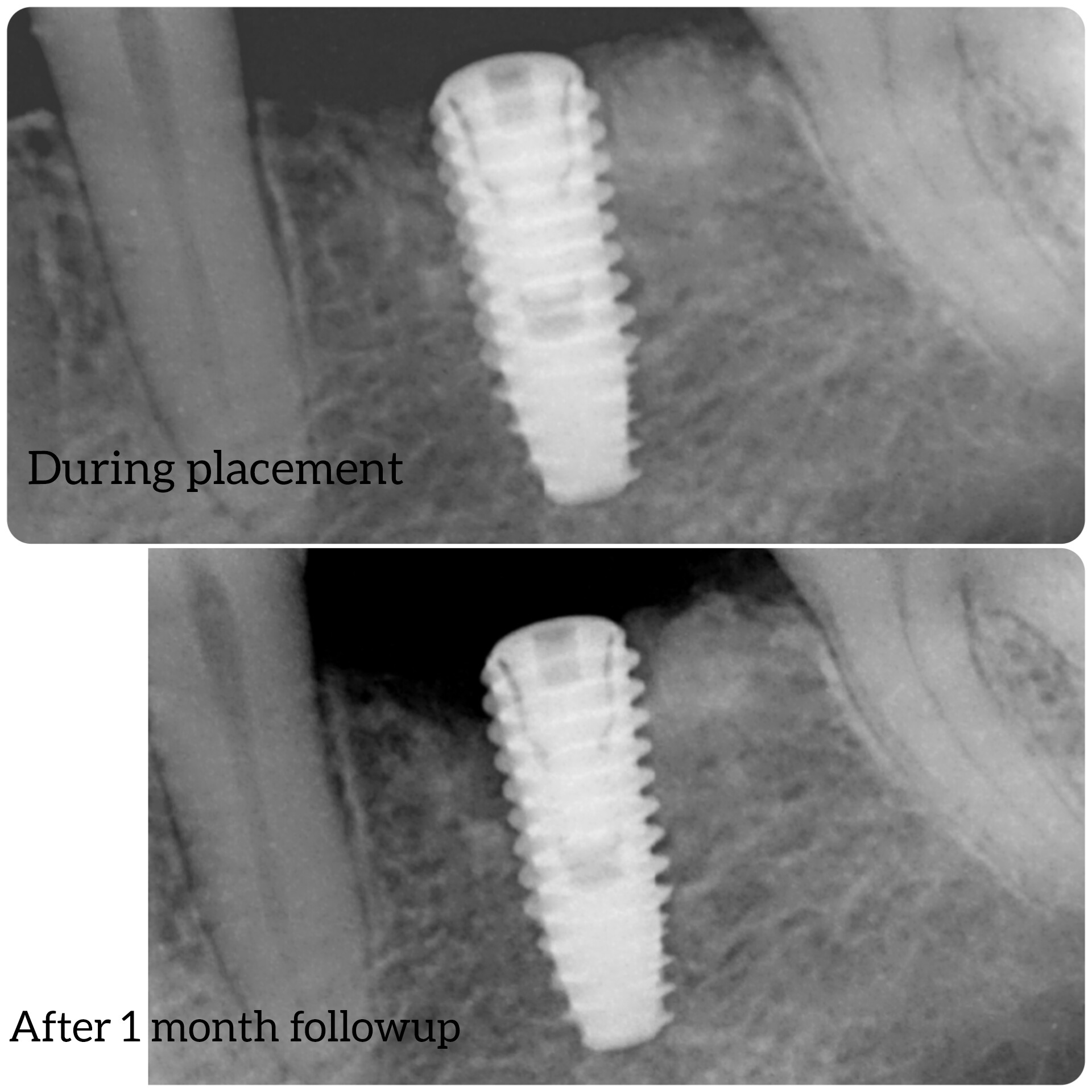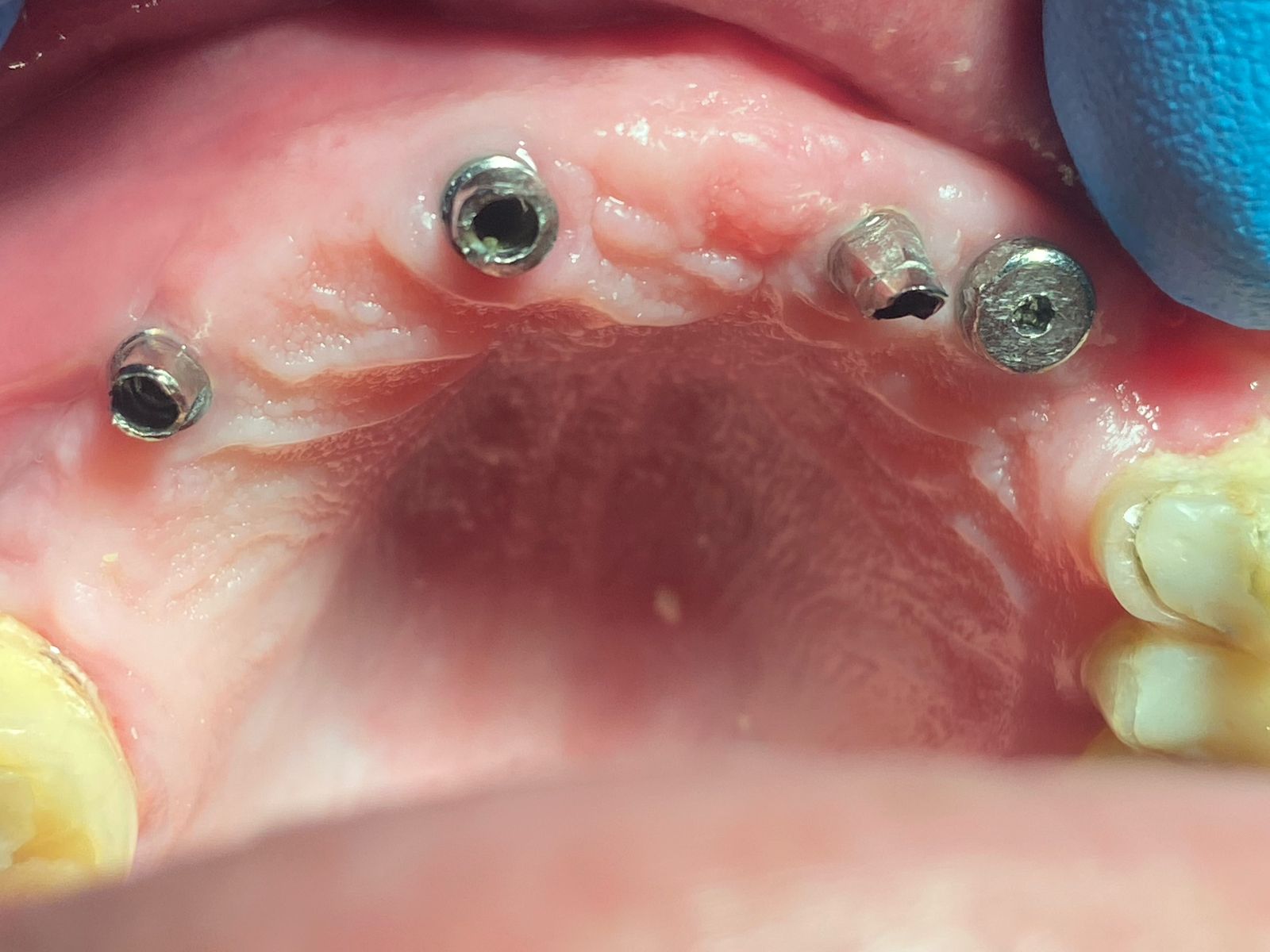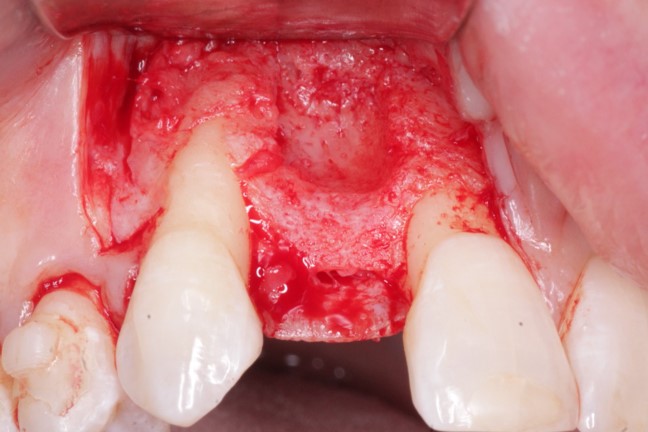Exposure of Graft: How to Manage?
Dr. R. asks:
I have performed a bone block graft from the ramus on the anterior maxilla for future dental implant placement. During healing I had a small fenestration of the flap and exposure of the graft. I have controlled infection with clorhexidine and local antibiotic ointment, but the gingival tissue has not migrated over the exposure. Almost two months have passed and I believe it is time to perform a soft tissue graft procedure to cover the small exposure of the graft.
Does anyone have a good suggestion of how to manage this type of complication? Comments would be greatly appreciated. Thanks.
10 Comments on Exposure of Graft: How to Manage?
New comments are currently closed for this post.
Alejandro Berg
6/12/2007
I usually use a double periocardial membrane cover of the block graft it is pretty resistant to infection in case of exposure.
If you think you need to graft, you are most probably correct so do it. I would go with a partial thickness repositioned flap and sone conective tissue or alloderm underneath it.
best luck
Walter J Kucaba, DDS, MS
6/12/2007
Tissue will not grow over dead bone. So doing a soft tissue graft will not work so don't waste your time and your patients money. You will have to flap the area, grind the block until you get bleeding then reposition the flap with tension less suturing. The tissue will close over the area where the bone is now vital. One cause for this problem is if the retaining screw causes irritation to the surface tissue. This happened to me and I had to remove the screw and some of the graft as well. I then covered the graft with a barrier and repositioned the flap. The area healed uneventfully. The only problem is that I will not have the desired bone volume. Hope this helps.
King of Implants
6/12/2007
I agree with Walter you have to grind down the bone before attempting to close. If it is a small fenestration reposition the flap. If it is medium then I would harvest CT graft to aid in closure. Especially if the tissue is thin.
Marvick Muradin, MD DMD
6/13/2007
I fully agree with Walter. In my opinion the dehiscence was due to sequestration of devitalized bone and in fact the sign that the graft is partially or maybe totally lost.
I don't know how you fixed the graft, but rigid fixation, ie 2 screws whenever possible, is vital to graft survival with bone grafting!
Good luck!
Don Callan
6/13/2007
The graft is nothing but dead bone, it may be best to remove the dead bone. Also, the CHX will not help, it inhibits fibroblast formation see J Perio 1977 for the reference
Dr. Mehdi Jafari
6/14/2007
Infected-rejected bone grafts at segmental defects in the jawbone pose a serious difficult management problem. Several options have been described and all require prolonged treatment times and are associated with high complication rates. With smaller bone defects (less than 3 cm), a free bone graft block is an excellent option. It allows immediate initiation of direct bone healing and therefore has a relatively fast recovery period with few complications related to the lost segment. Autologous blocks of bone grafting with cancellous bone can be used to fill segmental defects in the mandible. Bone transport, is an excellent option for the treatment of large segmental defects in the maxillofacial region, using the osteodistractor devices. Concerning the placement of dental implants, it has become a widely advocated, successful treatment for segmental bone loss in adult patients because of its superiority to grafted bone or guided bone regeneration using biomaterials. In those cases that the grafted-reconstructed area is infected, Osteoset beads with antibiotics to fill the dead space left by the bone defect after final irrigation and debridement and before wound closure, are highly recommended. Osteoset beads are made of medical grade calcium sulfate cement that resorbs slowly and therefore does not require removal. Antibiotics of the surgeon's preference can be added to the cement powder during preparation before mixing in the diluent. Indications for the use of Osteoset beads include a large contaminated wound, leaving a dead space or a compromised bone graft that the surgeon prefers not to reopen for bead removal. The most common complications seen with these beads are wound drainage (4%) and an inflammatory reaction (up to 19%).
Luis Fabelo
6/14/2007
I also agree with Walter. I had the same problem on a block graft on the lower right. What I did was grind the bone down in the area of exposure and covered. I think the key is tension free closure, you can try scoring the periosteum to relief tension and cover the area.
Good luck.
Yazad gandhi
6/15/2007
Walter's correct,
A tension free closure and ALSO no sharp protruding edges of the graft are mandatory to success.
Trim down to bleeding bone and close. I wpuld suggest you'd be better off without regenerative materials just in case some sequestered bone remains after trimming!!
Ziv Mazor DMD
6/15/2007
I totally agree with the fact that exposed grafted bone will not be covered spontaniously. Grinding and getting to vital bleeding bone will probably be a solution.You should ask yourself why was the graft exposed to begin with.Tension free closure with enough soft tissue regarding volume and thickness is the key.Sometimes soft tissue augmentation is required beforehabd.
Katherine
6/26/2008
I am wondering if a graft is required in all cases where a dental implant will be placed?

